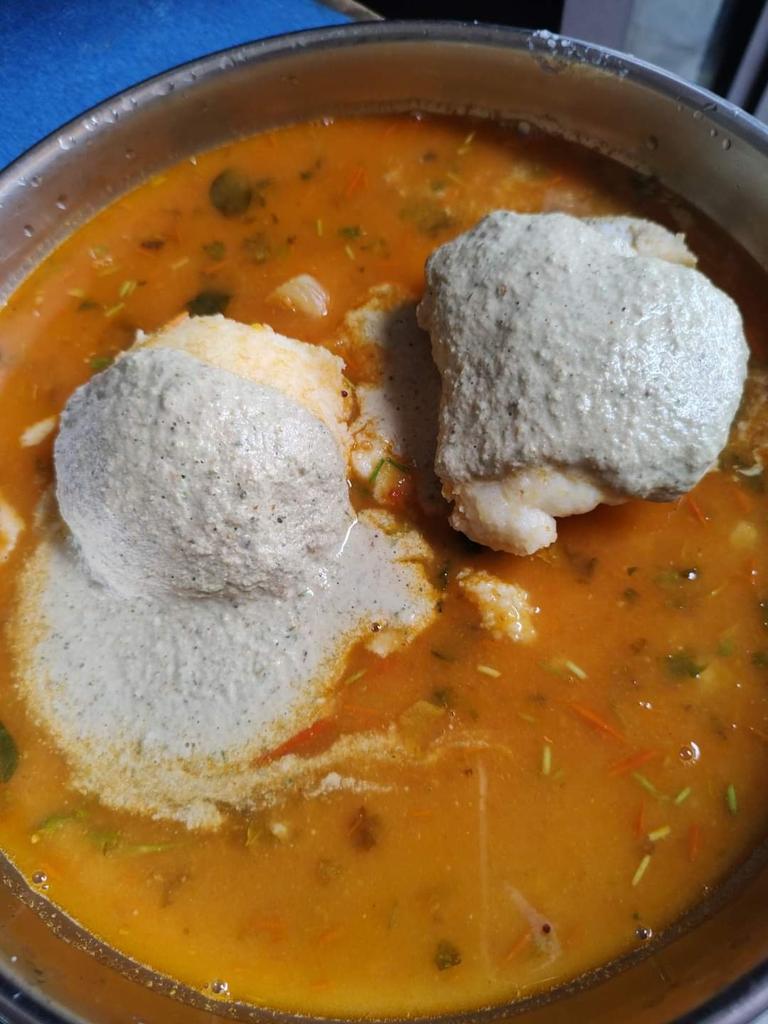On Sambar
Home is where hot idly sambar is.
Now, let me take a little bit of your time, and spread some light around the idea of sambar. Who knows where that might lead.
 Most of you may be aware of the triple point, which is the combination of temperature and pressure where a substance exists simultaneously in liquid, solid and gaseous states.
Most of you may be aware of the triple point, which is the combination of temperature and pressure where a substance exists simultaneously in liquid, solid and gaseous states.
(Don’t fret, my dear reader, this is still about sambar. It’s a science, you see!)
There is a triple point for sambar also. The triple point of sambar is where the salt, acid (tamarind) and heat (chilli) are balanced, and this entire balance is matched by the umami of the dal.
In fact, when you think about it, there are multiple triple points for sambar and the specific triple point at which you balance the sambar is what makes you love the cooking at your home the most. It is a matter of habit, there is no doubt, but the existence of multiple triple points is the reason for there being so many different “the best in the world” sambars, without any contradiction in terms.
Now, that’s not all. There are broadly two categories of sambar, as any average connoisseur would tell you, viz. Sambar meant for idly, and sambar meant for rice. Let’s call them idly sambar and rice sambar henceforth.
The key point here, is that irrespective of your individual preference of triple point, there exists a cardinal rule that governs the relative positions of the balance of these sambars. Idly sambar shall be balanced at a higher level of salt acid heat, and with lesser dal in it, than the rice sambar. That’s it. You keep this in mind, and you are a master chef.
Personally, I prefer a relatively higher SAH balance in my rice sambar also, matched by a higher level of umami of the dal.
And by the way, the discerning cook would have already homed in on the insight that all liquids like rasam, vatha kulambu, Mysore rasam, aracha sathumadu, pulusu, and even western things like soup and so on are all just a matter of finding different points to balance these four things at. I will close with just one or two examples – balance at a slightly lesser level of acid, using tomato or lemon, with a little ground up dal, and you have rasam. Take the acid high, using thick tamarind juice, balance with salt and heat, keeping the dal totally out, yes, there you have vatha kulambu.
Thus, we end having propounded a unified theory of sambar and allied products in the periodic table of food.
Watch this space for a theory of everything food, in future instalments. I have the theory of salads in mind next, but if you would rather I talk about something else, put it in the comments and I shall do that one.